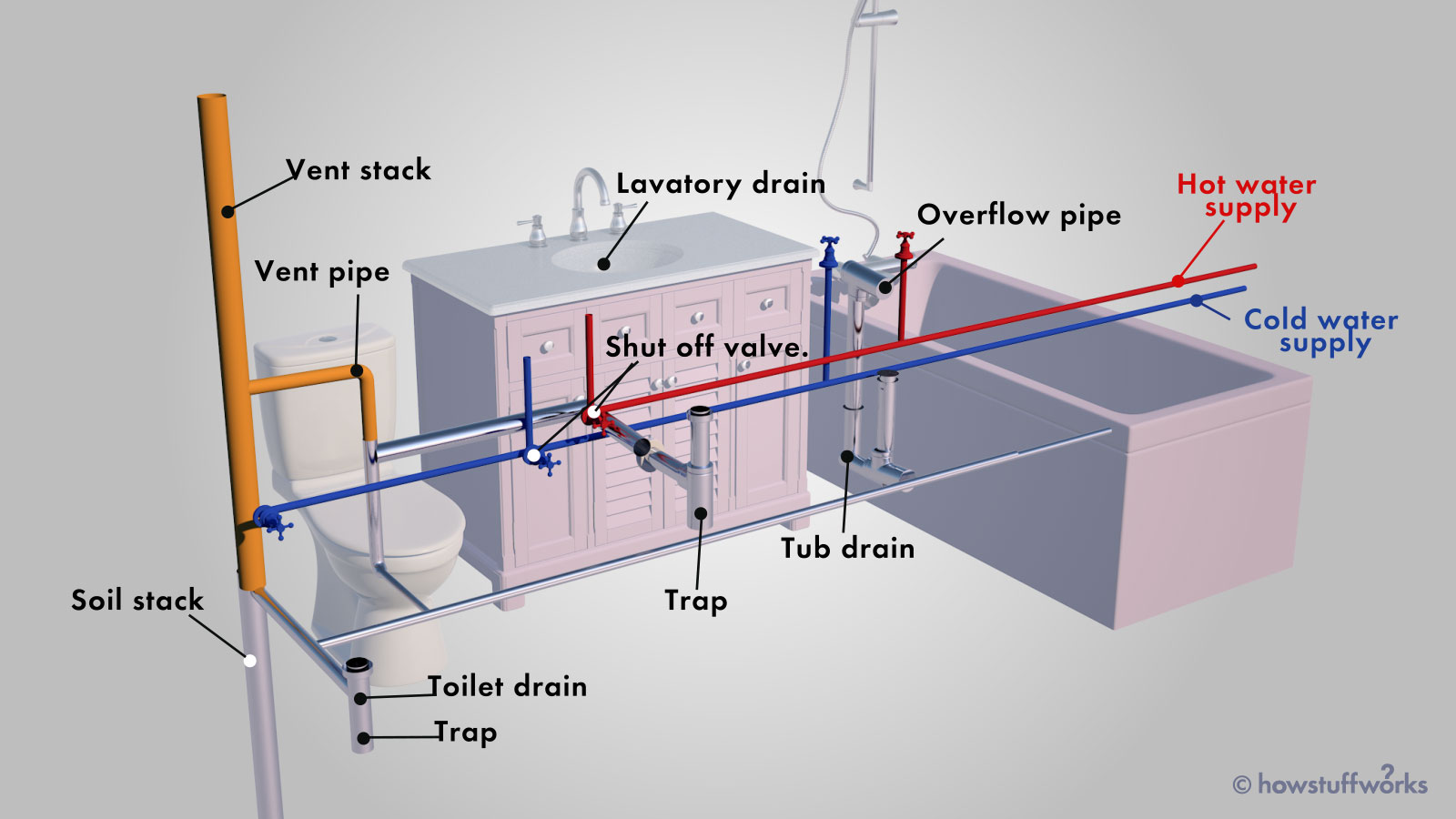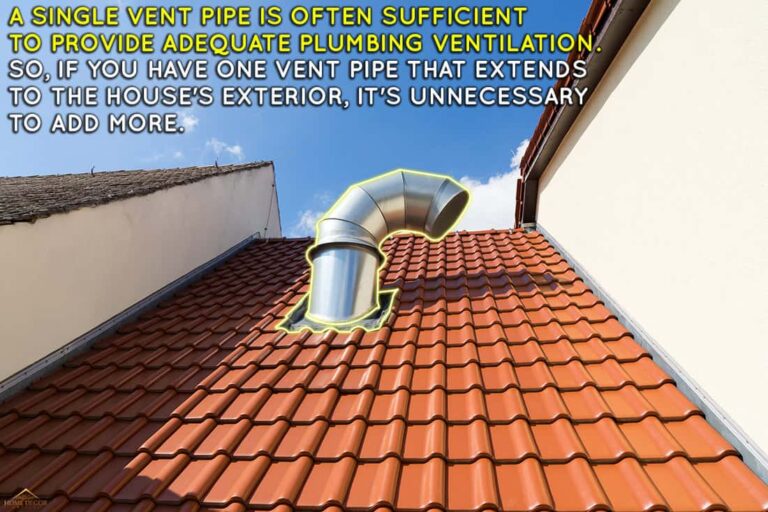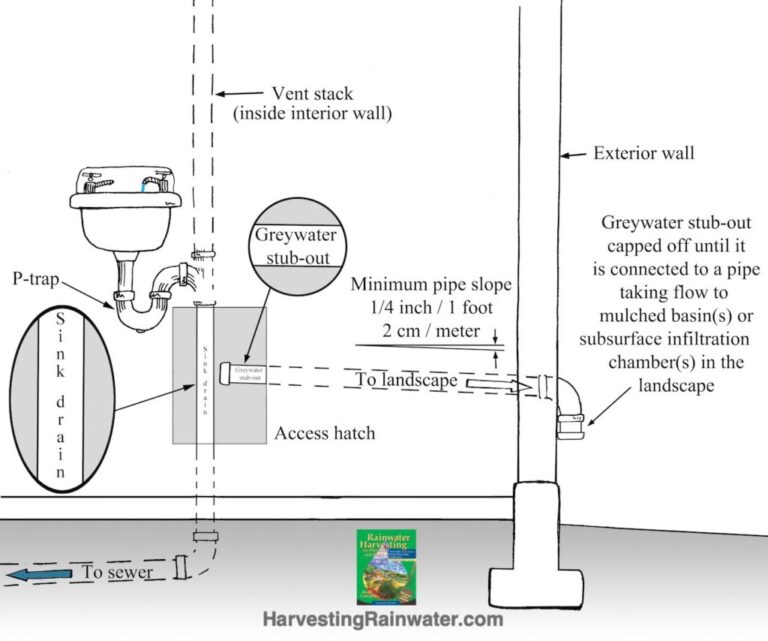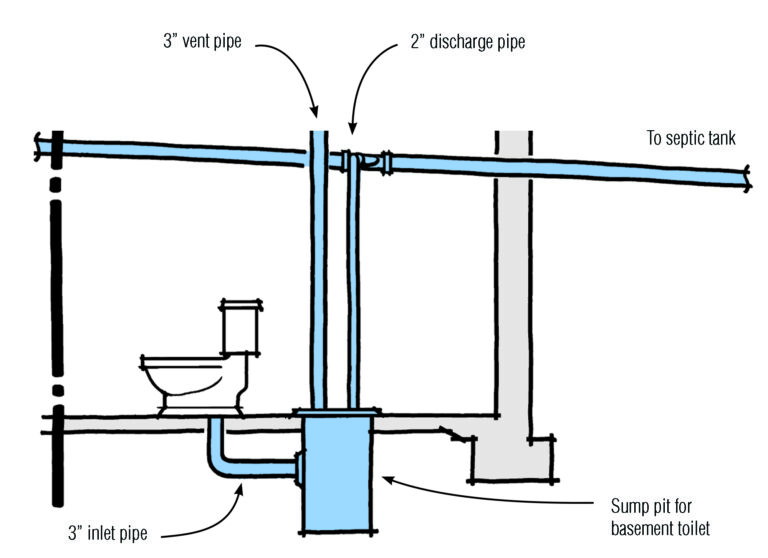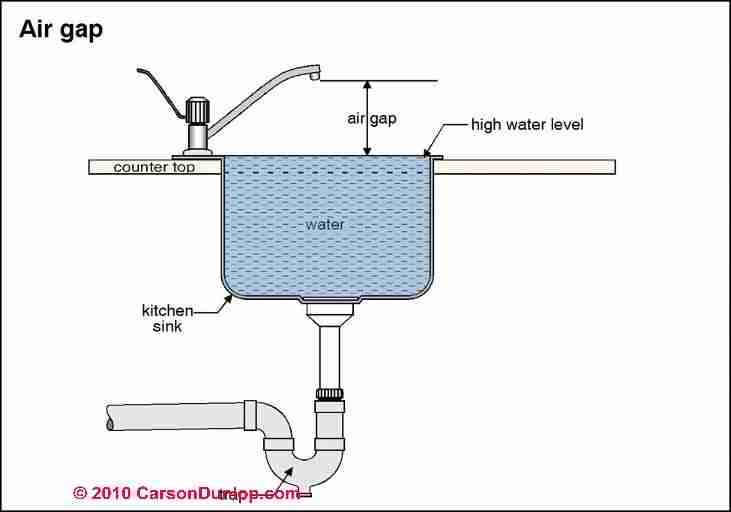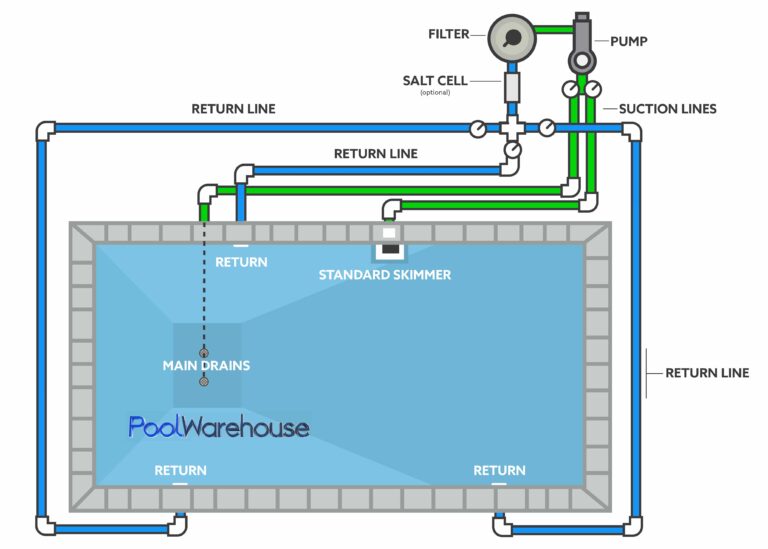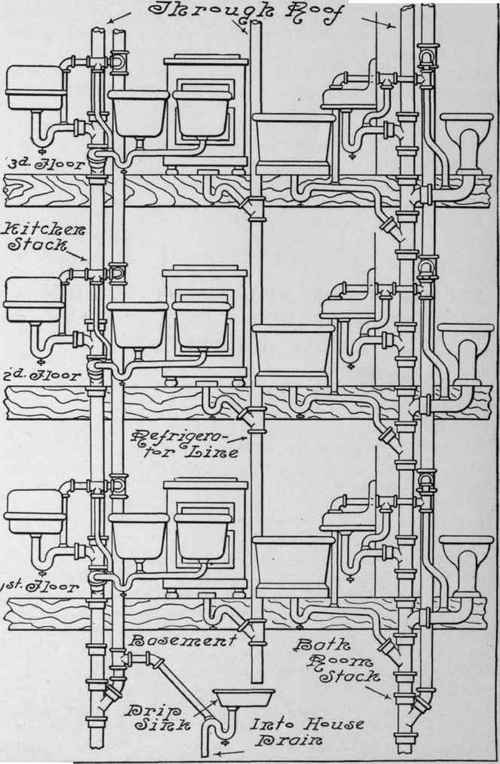How Does Indoor Plumbing Work?
Indoor plumbing is one of the most important aspects of modern living. It is the system that allows us to have clean water in our homes and to dispose of wastewater. It works by using a variety of pipes and fixtures to bring in fresh water from a water source and then take it away. This system is essential for both sanitation and convenience, allowing us to access clean water and dispose of wastewater without having to worry about contamination. Indoor plumbing is a complex system, but understanding the basics can help you better maintain and troubleshoot your own plumbing system.
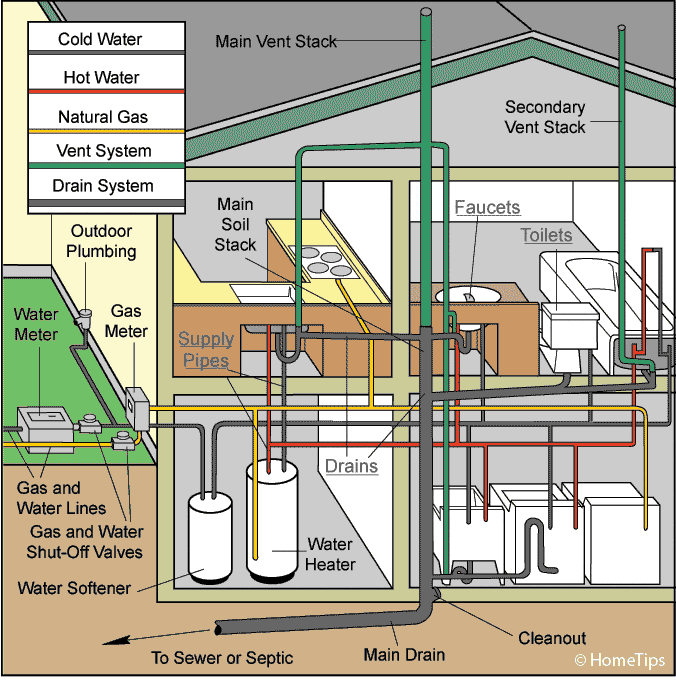
Overview of Indoor Plumbing
Indoor plumbing is a part of modern life that most of us take for granted. It is a system of pipes and fixtures that bring water to and from our homes for cleaning, bathing, and other uses. This system of indoor plumbing is made up of a combination of components, including plumbing fixtures, plumbing valves, drains, vents, and pipes. Indoor plumbing has been around for centuries, with the earliest known examples dating back to the Roman Empire. The modern indoor plumbing system includes a variety of features and components intended to make it as efficient and safe as possible. From low-flow fixtures to water-saving toilets, modern indoor plumbing is designed to conserve water and reduce waste. Proper maintenance and installation is important to keep indoor plumbing systems running smoothly. By understanding the basics of indoor plumbing, homeowners can ensure their plumbing system is working properly and increase the longevity of their indoor plumbing system.
Anatomy of Indoor Plumbing System
An indoor plumbing system is an essential part of any home, providing clean water for drinking, cooking, bathing, and more. The anatomy of a plumbing system includes the pipes, fittings, and fixtures that make it possible to bring water in and out of your home. To understand how a plumbing system works, it is important to understand the components that make it up. The pipes, fittings, valves, and traps are all important parts that allow water to flow in and out of your home, keeping it safe and clean. Additionally, water heaters, water pressure regulators, and other components help ensure that your plumbing system is functioning as it should. Knowing the anatomy of an indoor plumbing system can help you better understand how your home’s plumbing works, and can help you troubleshoot any issues that may arise.
Types of Indoor Plumbing
Indoor plumbing is an essential part of modern life, and there are many types available. Depending on your budget, building size, and needs, there are a variety of options to choose from. Common types of indoor plumbing include copper, cast iron, and PVC piping, which is lightweight and easy to install. Plumbing systems can be installed with tankless water heaters, sump pumps, and backflow preventers. Additionally, various fixtures, such as toilets, bathtubs, showers, and sinks, can be installed to complete your plumbing needs. With the right indoor plumbing system, you can ensure that your home is safe and functional.
Maintenance & Troubleshooting Tips
Maintenance & Troubleshooting Tips is a blog dedicated to helping people maintain and troubleshoot their electronic devices. From small appliances to large systems, we provide comprehensive advice and step-by-step instructions to keep your electronics running smoothly. Our blog is the perfect resource for those who want to get the most out of their devices without having to call in the professionals. Our blog also provides useful tips on how to identify and address common problems, as well as advice on the best ways to extend the life of your devices. So if you’re looking for advice on how to keep your electronics running like new, Maintenance & Troubleshooting Tips is the perfect place to start.
Benefits of Investing in Indoor Plumbing
Investing in indoor plumbing can provide numerous benefits to homeowners. Having up-to-date plumbing systems can help to prevent water damage due to leaky pipes, improve the efficiency of water usage, and prevent costly repairs. Additionally, plumbing systems can help to improve the health and quality of life of a household. Improved hygiene and sanitation from plumbing systems can reduce the risk of water-borne illnesses and the spread of disease. Furthermore, the convenience of being able to access running water indoors, and being able to quickly and easily dispose of wastewater can help to improve the quality of life of the household. Investing in indoor plumbing can help to improve the health, comfort and safety of your home.
FAQs About the How Does Indoor Plumbing Work?
1. What are the different components of an indoor plumbing system?
Answer: An indoor plumbing system typically consists of a water supply line, a hot water heater, pipes, faucets, valves, drains, traps and a plumbing vent.
2. How often should I inspect my indoor plumbing system?
Answer: It is recommended to inspect your plumbing system at least once a year to check for signs of wear or damage. Additionally, it is important to check for leaks or other issues on a regular basis.
3. What should I do if I notice a plumbing issue?
Answer: If you notice a plumbing issue, it is important to contact a professional plumber as soon as possible to help diagnose and repair the issue. Attempting to repair the issue yourself can lead to further damage and potentially costly repairs.
Conclusion
In conclusion, indoor plumbing is an essential part of modern life. It is a complex system of pipes, fittings, valves, and fixtures that work together to deliver clean, safe water into homes and businesses and to efficiently dispose of wastewater. With regular maintenance, proper installation, and a few simple repairs, indoor plumbing can ensure a comfortable, hygienic, and hassle-free living environment.

